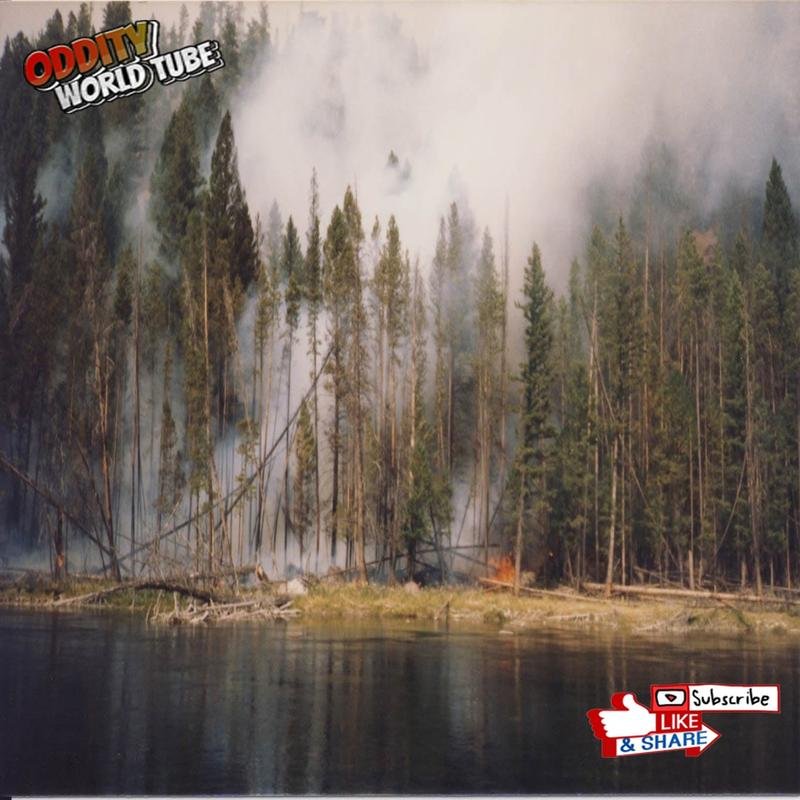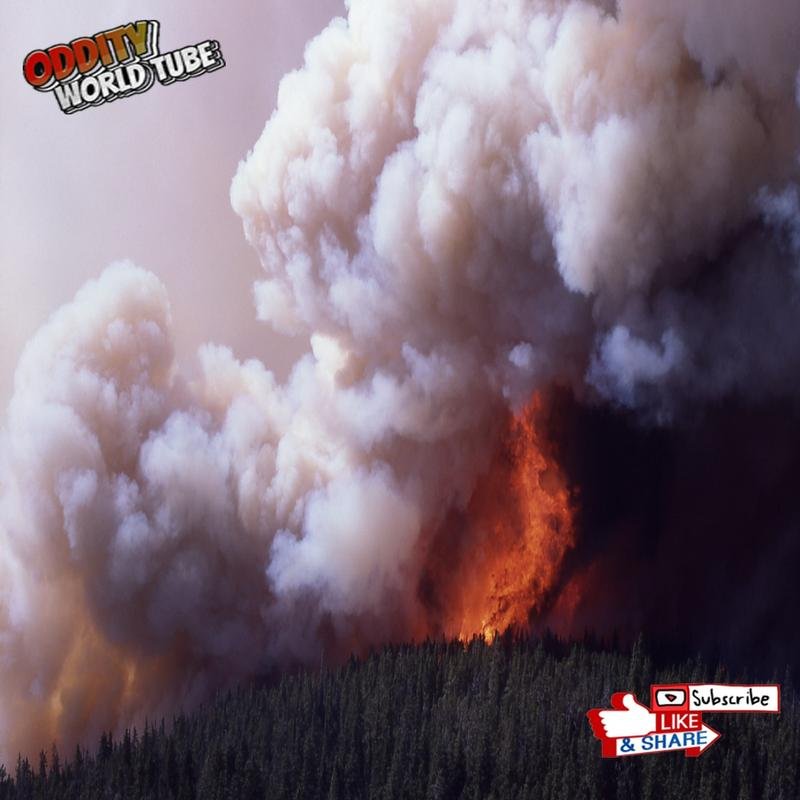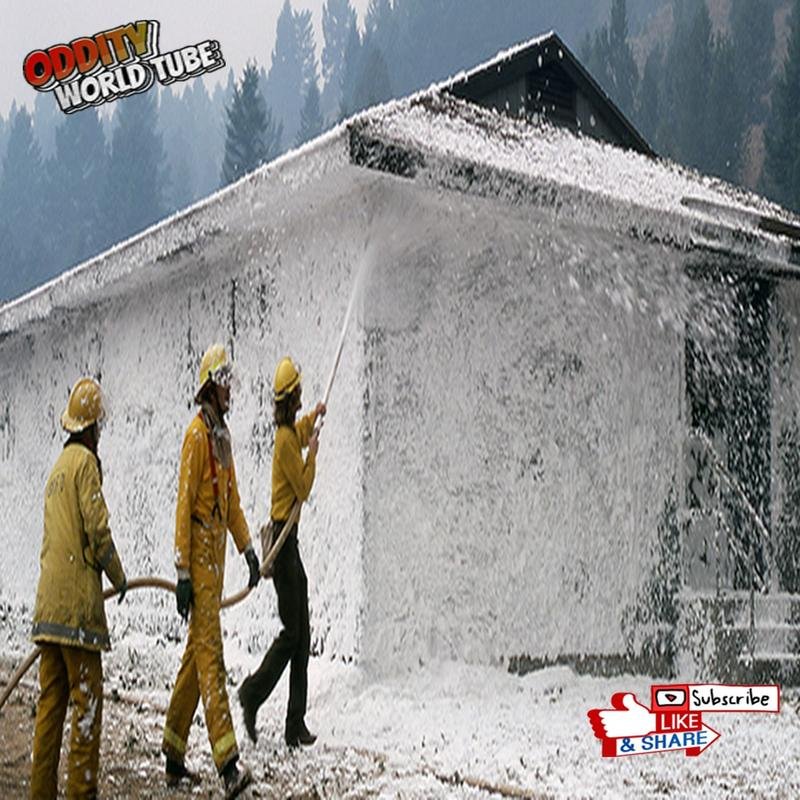The 1988 Yellowstone Fires: Astonishing Facts 🔍 #Yellowstone #Wildfires #Disaster

1988 Yellowstone Fires: Disaster & Impact
The 1988 Yellowstone National Park wildfires constituted a significant ecological disaster, irrevocably altering the park’s landscape. This event served not only as a natural catastrophe but also as a pivotal moment in the evolution of forest management practices and our understanding of fire’s ecological role.
The Catastrophe Unfolds
Beginning in the early summer of 1988, a series of relatively small fires were dramatically exacerbated by extreme drought, unprecedentedly high temperatures, and strong winds, rapidly escalating beyond control and merging into massive conflagrations. By mid-July, the situation had critically deteriorated, necessitating the deployment of thousands of firefighters nationwide. However, the scale of the fires and challenging weather conditions severely hampered suppression efforts. August 20th, known as “Black Saturday,” witnessed a dramatic surge in fire activity, resulting in widespread devastation of forest and park infrastructure. Ultimately, approximately 36% of the park, encompassing roughly 793,880 acres, was burned. While significant damage to vegetation and wildlife occurred, direct animal mortality was lower than initially projected. The disaster also resulted in substantial economic losses impacting tourism and local economies.
Shifting Perspectives on Forest Management
The 1988 fires ignited widespread debate regarding forest management policies. The park’s previous policy of aggressive fire suppression was reevaluated in light of the catastrophe. Subsequent research highlighted the crucial ecological role of fire in forest regeneration, including the removal of dead biomass, forest rejuvenation, and biodiversity enhancement. Yellowstone subsequently adopted a revised fire management strategy that permits natural fires under controlled conditions, while prioritizing the protection of life and property.
Recovery and Resilience
Over three decades later, Yellowstone’s forests are demonstrably recovering, with the resurgence of young trees and native vegetation. However, the scars of the fire remain visible, and full ecological recovery will require several more decades. The event served as a stark reminder of nature’s power and resilience.
Lessons Learned and Global Impact
The 1988 Yellowstone wildfire narrative transcends mere destruction and loss, representing a story of learning and adaptation. The catastrophe fundamentally shifted perspectives on fire and forest management, emphasizing the importance of understanding and respecting natural ecological processes. The incident underscored the potential for unintended consequences from excessive human intervention, highlighting the value of allowing natural processes to unfold where appropriate. Lessons learned from this event continue to inform forest management strategies globally, with a renewed focus on risk assessment, fire prevention, and enhancing ecosystem resilience. The paradigm shift emphasizes coexistence with fire, rather than perpetual suppression, as crucial for long-term forest health and sustainability.
Conclusion
While the 1988 Yellowstone fire disaster was undeniably tragic, it also provided a crucial opportunity for learning and growth, transforming our understanding of forest management and the ecological role of fire, and underscoring the importance of respecting and coexisting with natural processes.








